4 Factors That Affect the Range of Your Marine VHF at Sea
Marine VHF (Very High Frequency) radios have assumed an indispensable role as integral devices in seafaring journeys, offering various benefits for anglers, sailors, and boaters alike. These radios facilitate real-time information exchange between vessels and shoreside authorities, enabling swift responses to emergencies, accidents, and distress signals. Moreover, mariners can receive up-to-date weather forecasts, navigational warnings, and other crucial information that aids in informed decision-making during their voyages. They also serve as a pivotal tool for seamless coordination among vessels sharing waterways, thereby reducing the risk of collisions and misunderstandings.
Nevertheless, despite the capabilities of marine VHF radios, various factors still influence their range during maritime voyages. A comprehensive understanding of these influencing factors is pivotal for ensuring the efficiency and reliability of maritime operations. Here, we delve into the distinct factors that can impact the frequency and range of your marine VHF radio as you navigate through the vast expanse of waters:
1. Transmitter Power
Marine VHF radios use frequencies between 156 and 164 MHz as defined by the International Telecommunications Union. Moreover, they are only allowed to transmit a maximum of 25 watts to allow vessels far away to communicate using the given frequencies. With this, you must know the transmission power to use when communicating with stations or other vessels from a certain distance. The strategic optimisation of transmitter power is pivotal for effective maritime communication.
2. Intervening Topographical Features
Generally, a VHF signal must travel in a straight line between points, which is a characteristic that is referred to as “line of sight.” Therefore, topographical structures such as islands, cliffs, and other geographical features can potentially impede VHF signals, leading to reduced communication ranges. To ensure these structures do not impede your communication range, you must appropriately position your marine VHF radio antennas. At the same time, you must have a clear line of sight with the vessel or station you are communicating with to ensure successful transmission.
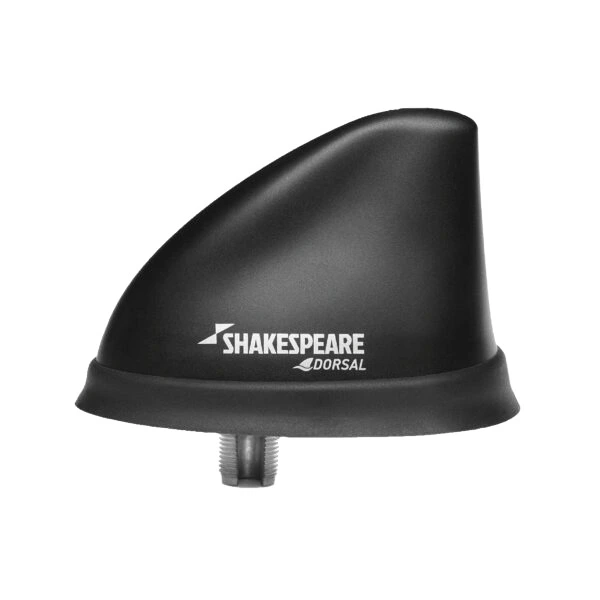
3. Antenna Height
Elevating your VHF antenna can significantly amplify the reach of the radio signal. Installing your antenna at an ample height on your vessel allows a clearer line of sight between communication devices. Therefore, it reduces the impact of obstructions and enhances signal propagation. Moreover, most marine VHF antennas are designed with vertical polarisation, performing best when mounted perfectly vertically. When the angle is beyond vertical, the performance of your radio signal is reduced.
4. Atmospheric Conditions
Variations in weather conditions and ionospheric activity can significantly influence the reach of marine VHF communication. Weather phenomena like thunderstorms, precipitation, and atmospheric turbulence can attenuate radio signals, limiting their range. Furthermore, ionospheric fluctuations can alter the path of radio waves, impacting their ability to travel long distances. For example, when the temperature rises, it results in a refractive effect between the warm layer of the atmosphere and the earth’s surface. With this, the radio waves bounce back to the earth, greatly increasing the VHF radio’s communication range. Understanding and adapting to these atmospheric dynamics is essential for maintaining consistent and dependable VHF communication under diverse conditions. You can also learn more about marine safety tips during rough sea conditions.
Get High-Quality Marine VHF in Singapore at Tecomart
We know how essential marine VHF radios are in marine communication and safety. As a leading name in radio communication equipment suppliers in Singapore, Tecomart offers a diverse range of marine VHF radios and accessories. We have fixed-mount marine VHF devices from reputable transmitting and receiving equipment manufacturers, such as Shakespeare Marine, ICOM, and JRC. With this, we strive to empower you to maximise your communication range and enjoy your maritime journeys to the fullest.
Whether you’re looking for a reliable VHF marine radio for sale or VHF antennas, Tecomart is your trusted partner. Our commitment to providing quality equipment and customer satisfaction ensures you have everything you need to explore the seas safely and confidently. Browse through our catalogue to find quality marine navigation and communication equipment for your next sea voyage today.

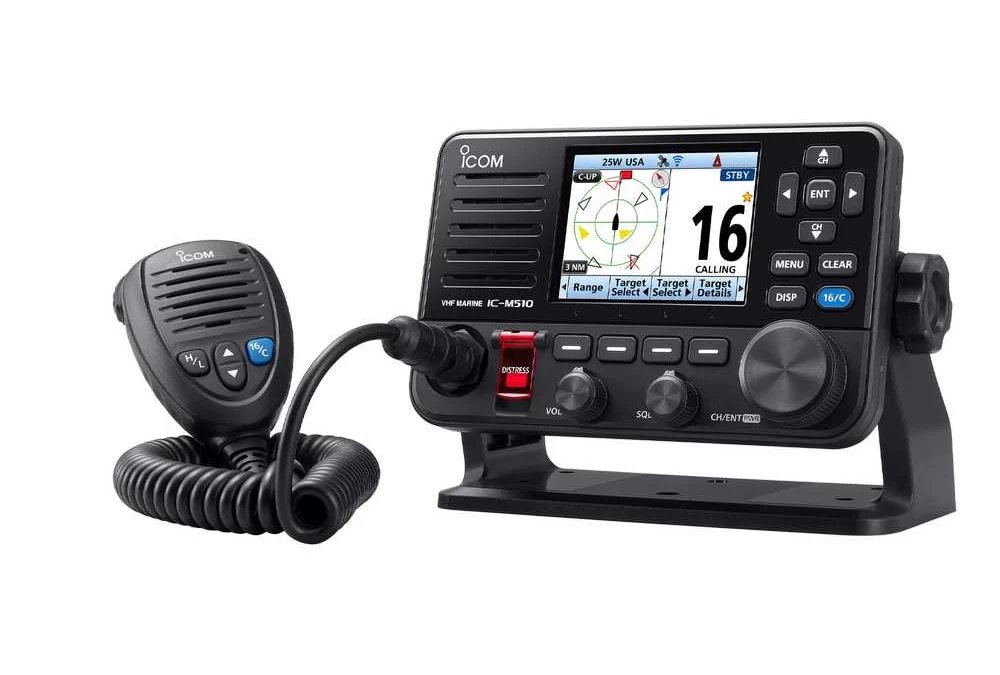
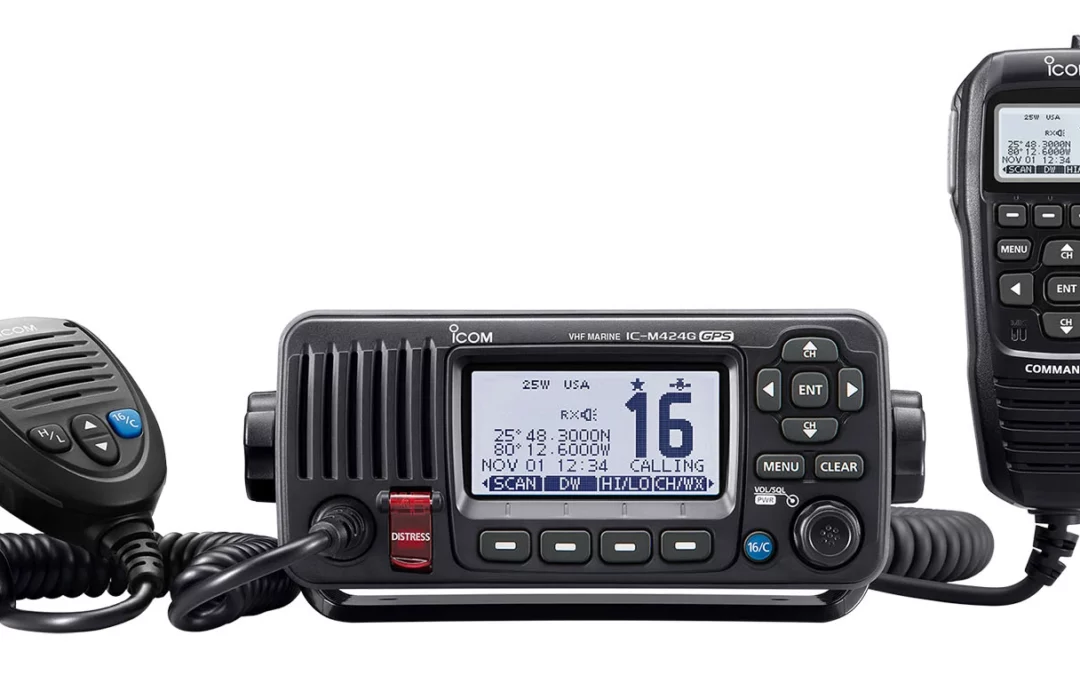
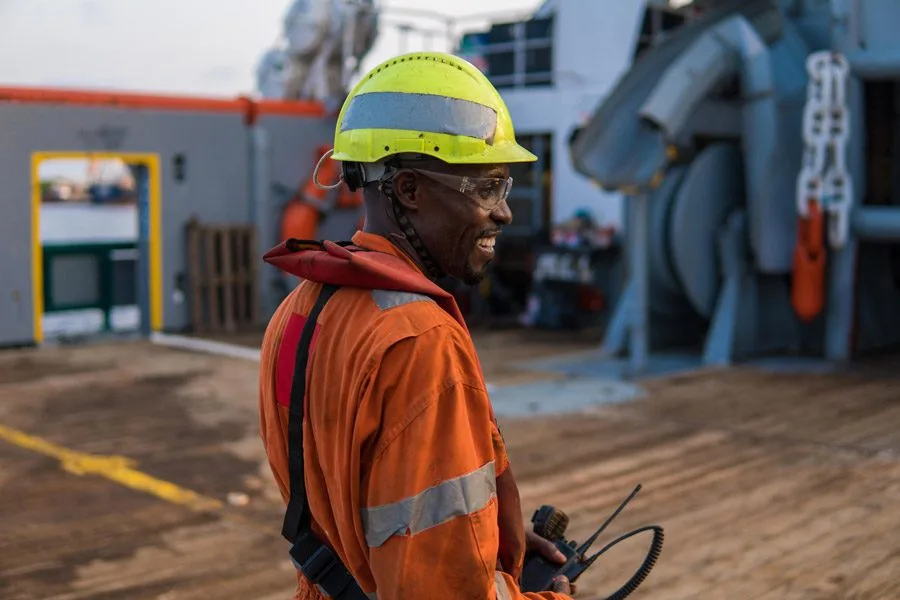
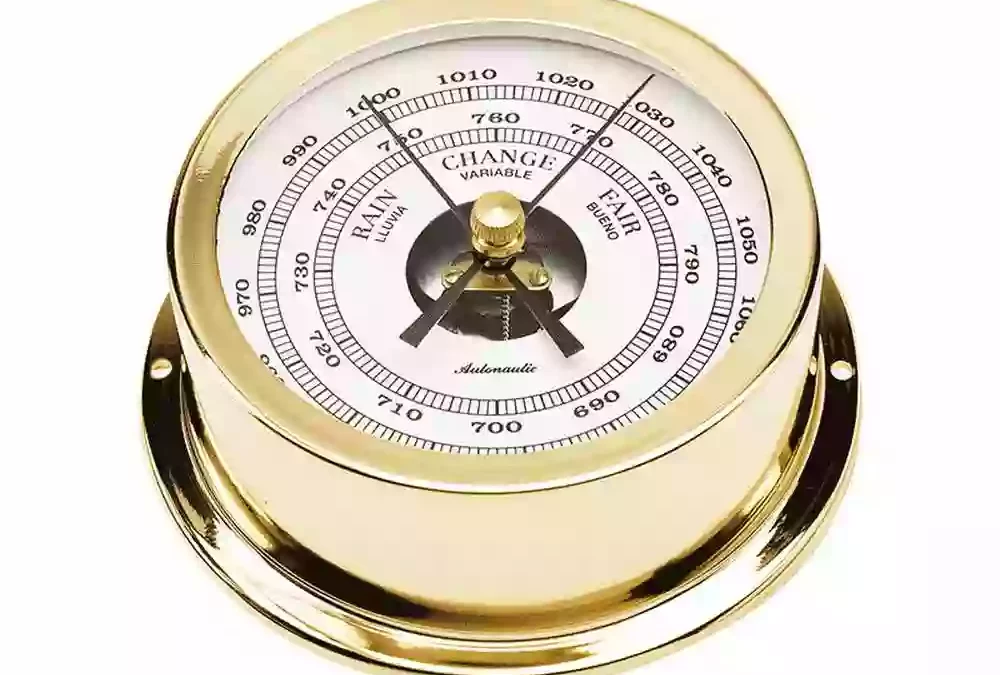
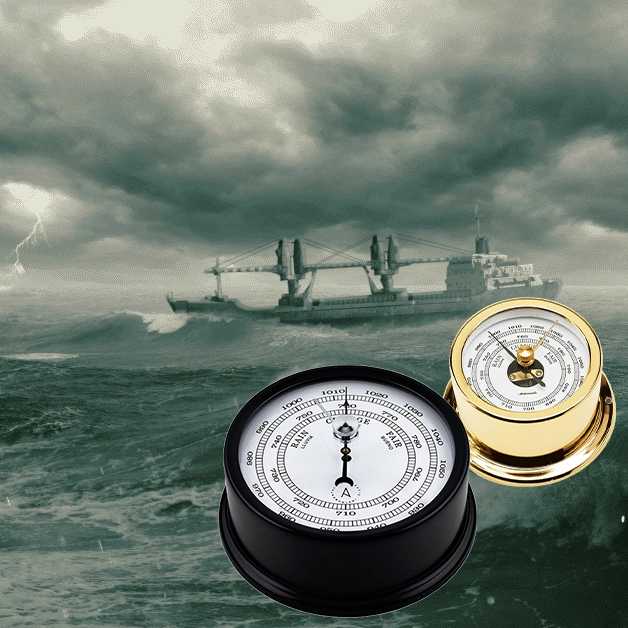

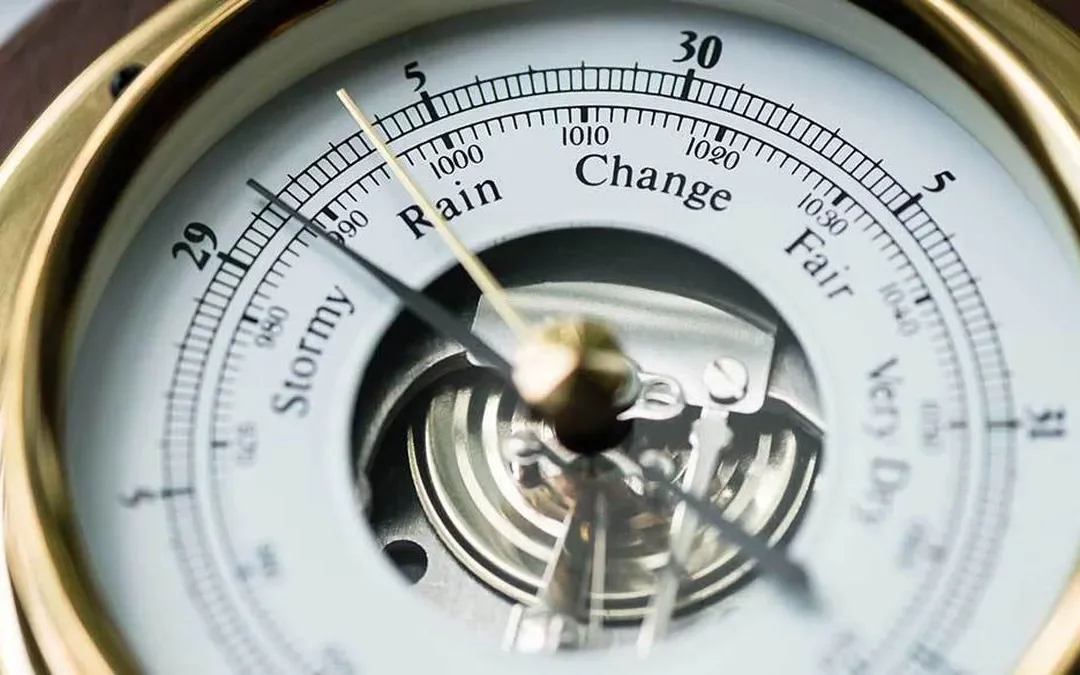
0 Comments